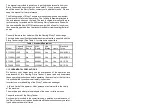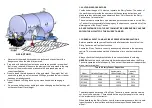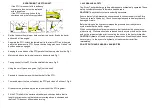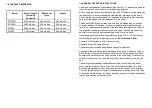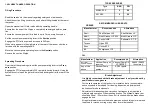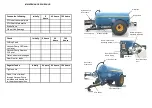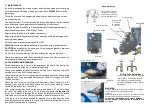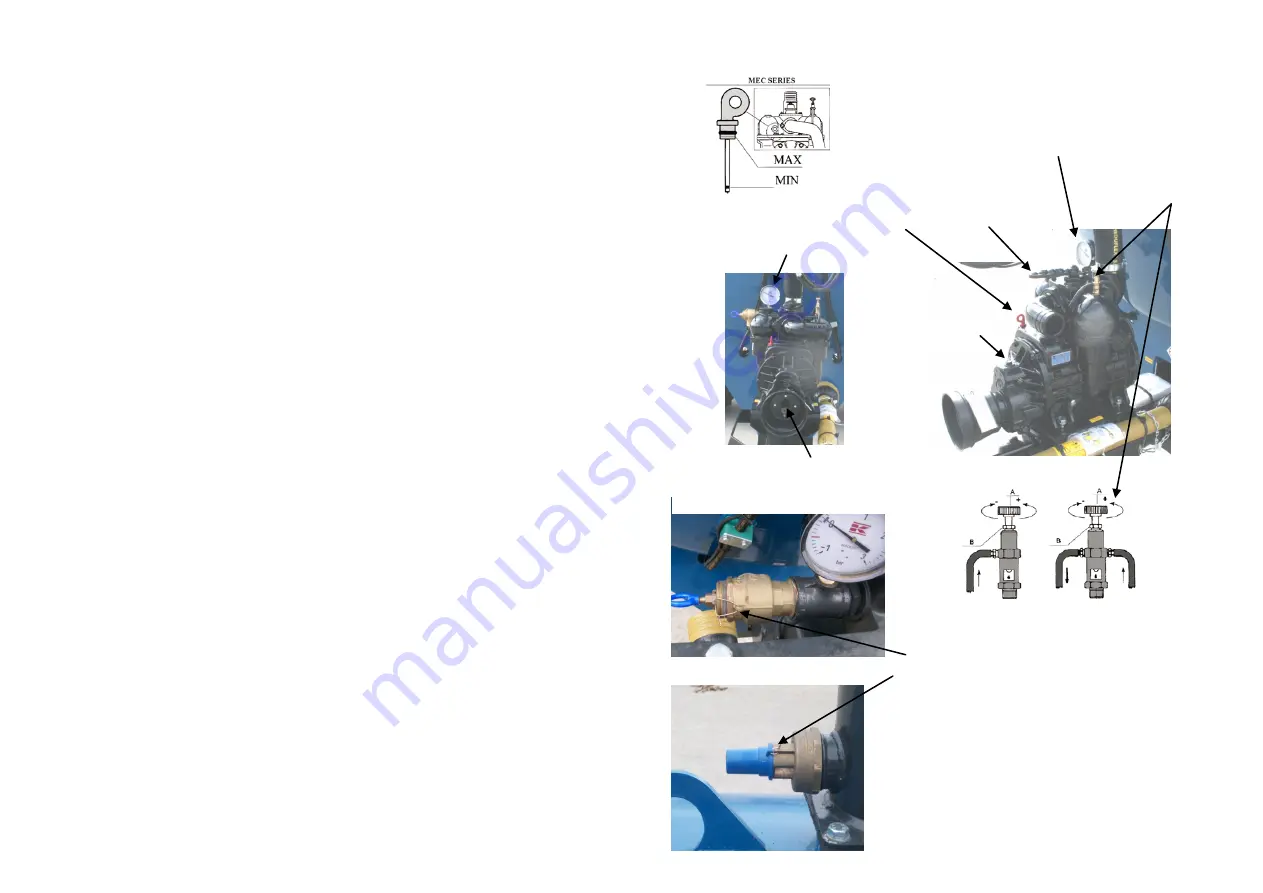
1.7 MAINTENANCE
As a rule, disengage the driving system and stop the engine prior to carrying
out maintenance, servicing, cleaning or repair work.
ALWAYS
remove the
ignition key.
Chock the machine with appropriate wheel chocks before carrying out any
maintenance work.
The manufacturer will not be responsible for any damages or injuries caused
by unauthorised repair, alterations or mishandling of the product.
Maintain the product with care. Check periodically for damage that would
affect the safe operation of the Slurry Tanker.
Regularly check all bolts and tighten if necessary.
Regularly lubricate the hydraulic cylinder, bearings and drawbar hinge bush-
es using clean grease.
Only use clean grease complying to Din 51502.
ALWAYS
ensure all warning stickers are kept clean and in good condition.
CAUTION
paintwork may be damaged if high-powered washers are used
when cleaning the Slurry Tanker.
Do not carry out any welding of the tank without opening the back door.
Check tyre pressures daily. An under inflated tyre on one side will cause se-
vere stability problems on undulating ground.
VACUUM PUMP MAINTENANCE.
Periodically check the oil level in the gearbox at the front of the pump. The
oil level should be at the top of the see through plug.
Change the gearbox oil after the first 50 working hours and then every 300
working hours. Use EP90 hypoid gear oil.
Check daily that the level of the cooling oil is always above the bottom mark
on the dip stick. Top up using Battioni Vacuum Pump oil or engine oil SAE20
(SAE30 summer).
Check that the cut out valves (Primary & Secondary Float Valves) are in full
working order and that the rubber balls are not soft and spongy. These
should be replaced every 12 months.
After every working day flush out the pump with diesel oil. This will prolong
the life of the vanes in the pump. To do this set the pump to
Pressure
and
suck 1 litre of diesel in through the air intake. As a further precaution suck a
small amount of oil into the pump to lubricate it and minimise corrosion.
If the tanker is to be stored unused for a period of time then disconnect the
hose that connects the pump to the tank. This will avoid the transfer of corro-
sive gases from the tank to the pump.
Vacuum Pump
Pressure Gauge
PTO Input
The minimum oil level is
indicated by the groove
at the bottom end of the
dipstick. Maximum is at
Oil Fill & Oil Level
Pressure Gauge
Oil Drip Feed
Pump handle.
P - Pressure
N - Neutral
V - Vacuum
Gearbox Oil Fill
Oil Drip Feed Adjustment
Loosen locknut „B‟ and turn the regu-
lator screw „A‟ until a flow rate of
one drop every three seconds is
obtained. Re-tighten locknut „B‟ after
adjustment.
WARNING
Pressure release valve comes preset at 0.9 bar and should
only be adjusted by a fully qualified service
engineer.
The decompression valve is preset at –0.7 bar and this also
should only be adjusted by qualified service engineers.
DO NOT USE THE TANKER IF THE SAFETY RELEASE
VALVES ARE NOT TIED WITH WIRE AS SHOWN IN THE
PICTURES.
SAFETY RELEASE VALVE
DECOMPRESSION VALVE
WIRE TIE


